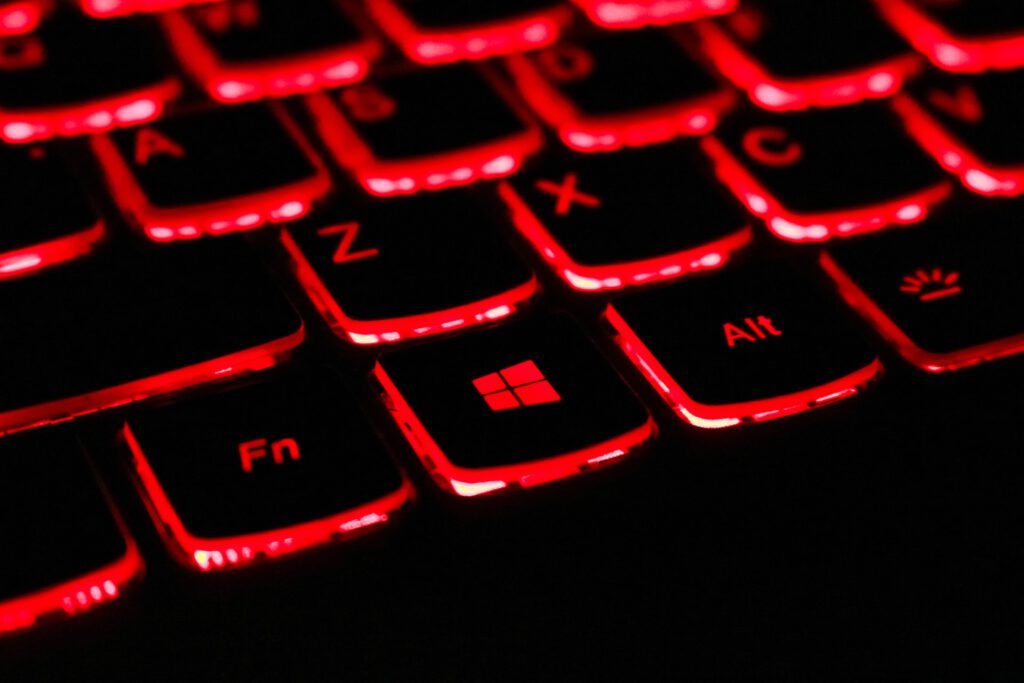By Tri Pham – CEO of Whydah, Co-Founder of KardiaChain
Long before DeFi became popular, the gaming industry was already doing exceptionally well. Today, the DeFi TVL stands at $222 billion, while the global gaming industry is expected to grow to $218.7 billion by 2024. DeFi always had the potential to transform video games, ushering in a radically new experience for gamers. Thus, it is no surprise when DeFi and gaming joined hands to form GameFi or game finance.
As a consequence, video games stopped being just another medium for fun and entertainment. GameFi ensures that your time and effort to the gaming ecosystem are rewarded. These rewards will not be limited within the confines of the gaming environment. DeFi has helped inject liquidity into these gaming platforms so that in-game assets can have real-world value.
The first financial incentive model that made GameFi such a phenomenal success is called play-to-earn.
The Play-to-Earn Model
As the name suggests, gamers can participate in play-to-earn games to earn rewards all while playing a video game, either in the form of crypto tokens or in-game assets. The players can tokenize and mint these assets as NFTs for trading in the secondary marketplace. Thus, virtual weapons and racing cars are no more just random in-game tools but something that has value in the real world.
Although play-to-earn gaming has been around for quite some time, it is only after the COVID-19 pandemic that it became popular. As people were stuck at home and some lost their jobs, they increasingly took to these games to kill time and try their hands at winning rewards. At one point, 350,000 users were playing the play-to-earn game, Axie Infinity, every day. Some even reported to be earning close to $1,000 per month.
Despite an immensely profitable gaming model, there is more room to make gaming platforms truly decentralized. After all, even with new blockchain-based play-to-earn games, it is the gaming companies that were designing and developing the in-game assets.
A solution to that is to enable end-users to create in-game assets and build an entirely new source of monetization for themselves while also making games more decentralized. Dubbed create-to-earn, this new model has the potential to transform the blockchain gaming industry for the better.

The Create-to-Earn Model
Gaming companies depend heavily on software engineers, artists, and other creative professionals to design their games. This introduces a culture of gatekeeping where the in-game asset creators have limited authority over their designs due to centralized control.
The create-to-earn model is a step forward in decentralizing these games. Creators can take complete control of the game studios and directly participate in developing the game.
Create-to-earn provides end-users the opportunity to make in-game assets from scratch, mint them into NFTs, and sell them on secondary marketplaces. This mechanism introduces a new value to the in-game NFT. Instead of minting NFTs via randomization or pure luck, players will provide their input to create these NFTs, granting them unique merits.
This paves the way for a creator economy where users actively create and own the designs of the game while also monetizing their self-designed in-game assets. This makes the gaming ecosystem more community-driven with content creators getting incentivized to enhance the overall playing experience.
This new model provides a level playing field so that anyone with basic coding skills can become a critical part of a game. It shifts the power from gaming behemoths to the very players of the game. Once gaming becomes more creator-oriented, the designers can easily develop seamless gaming experiences for all the players. Additionally, it can provide the appropriate ecosystem for true ownership of in-game assets and novel ways of monetizing these virtual properties.
Further, as these gaming projects will be truly decentralized and community-governed, the designs can be put to vote, and the artwork with the highest number of votes from the community can ultimately get accepted for the final design. And every time someone mints an NFT, the artists who worked on the asset earn royalties from it for each transaction.
Will Create-to-Earn Transform DeFi?
GameFi serves two purposes at the same time. On the one hand, gamers can collect in-game assets that hold real-world value with the play-to-earn model. On the other, GameFi is playing a crucial role in driving mainstream crypto adoption by paving the way for easy entry into crypto.
In spite of this win-win situation, there remains a significant amount of untapped potential in GameFi. At the end of the day, it is the blockchain gaming companies that own the in-game collectibles. Of course, the players can mint their own NFTs and increase their value through playing, but the design and ultimate authority lie with the developer company.
The create-to-earn model changes the status quo. In this new model of gaming, gamers will not simply play the game but will contribute to its creation from the scratch. This will open up unexplored terrains of monetizing creative knowledge and skills
The fact that you will no more be just another player but an active ‘creator’ is indeed something new. And considering all its benefits, we can say with some certainty that create-to-earn has all the necessary ingredients to radically transform the blockchain gaming landscape forever.
About the author: Tri strongly believes blockchain will be a pillar of human’s future society. He has started several initiatives contributing to blockchain mass adoption, from infrastructure layer like KardiaChain to application layer such as My DeFi Pet. KardiaChain is the national blockchain in Vietnam, while My DeFi Pet was the most played game on Binance Smart Chain during the peak of GameFi 2021.











